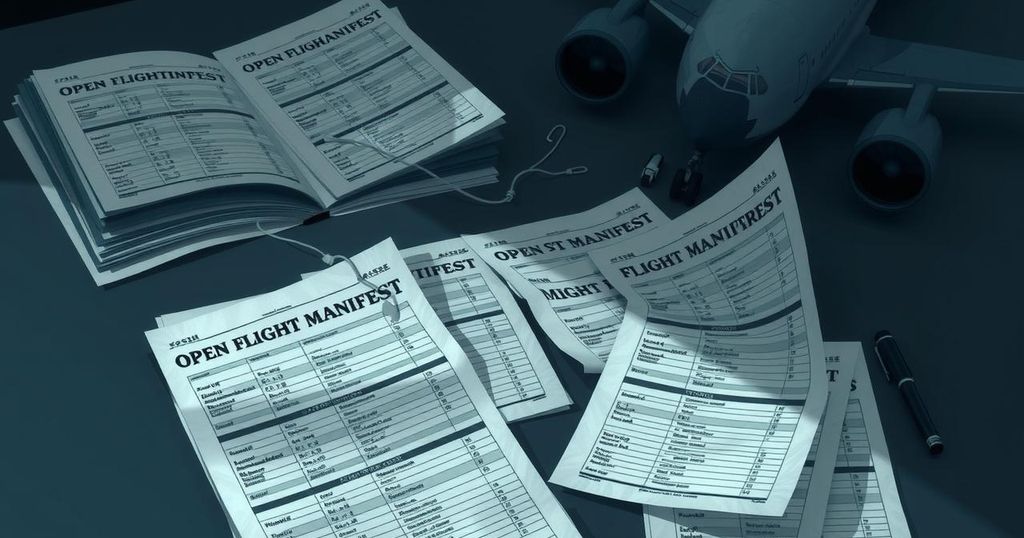A Whirlwind 48 Hours: How Trump’s Israel-Iran Ceasefire Agreement Came Together
President Donald Trump announced a ceasefire between Iran and Israel after a 48-hour rollercoaster of negotiations and military actions. Initial frustrations arose from both sides concerning alleged violations of the ceasefire’s terms, yet Trump declared the ceasefire in effect, though subsequent military actions blurred the reality of this agreement.
In a dramatic 48 hours, President Donald Trump announced a ceasefire between Iran and Israel after the deal initially appeared to be on shaky ground. Frustration loomed large for Trump as allegations flew from both sides. Israel was claiming that Iran had launched missiles into their airspace, while Iran countered that Israel had violated the ceasefire by conducting attacks after it was due to take effect.
This cascade of events unfolded while Trump was attending a NATO summit in The Hague, where he expressed his emotions ranging from elation to indignation over the tumultuous situation. Reportedly, his irritation escalated as both Israel and Iran appeared to be on the verge of a breakdown in talks. This heightened tension unfolded against a backdrop of military strikes conducted by the U.S. on Iranian nuclear facilities, which officials believed had set back Iran’s nuclear ambitions significantly.
The ceasefire process kicked off Sunday morning amidst the fallout from the U.S. military’s strikes. Trump urged Israeli Prime Minister Benjamin Netanyahu to understand that further military actions by the U.S. would not occur, emphasizing the need for diplomacy. Meanwhile, he encouraged Iran, via his special envoy Steve Witkoff’s communications, to return to the negotiating table and reminded them of the U.S. military’s power.
As the situation progressed, Trump uttered a bold proclamation on social media, declaring, “This is a War that could have gone on for years, and destroyed the entire Middle East, but it didn’t, and never will!” He confidently announced that a “Complete and Total CEASEFIRE” was in place, which drew the ire of critics who noted the absence of immediate public support from both nations regarding the framework of this agreement.
Hours after Trump’s announcement, Iranian Foreign Minister Abbas Araghchi indicated that while a deal was in the works, they had not formally confirmed an agreement. He specified that Iran had no intention of ceasing operations unless Israel halted its strikes. Notably, Iranian Supreme Leader Ayatollah Ali Khamenei also reaffirmed Iran’s position against capitulation, intensifying the ambiguity surrounding their commitment.
Amid the turmoil, Netanyahu maintained a cautious silence, only confirming the ceasefire after Trump’s assertion. Meanwhile, the prime minister’s office indicated that Israel had achieved its military objectives. Qatar played an essential mediating role in brokering the ceasefire, with its emir communicating directly with Trump after Iran’s retaliatory missile attack on U.S. bases.
In a bewildering turn of events, soon after the announcement, both Iran and Israel resumed military actions against each other. Following Trump’s declaration, Iran struck Israel shortly after 4 a.m. Tehran time. Israeli forces responded with major strikes on Tehran that led to casualties and destruction, putting into question the very ceasefire that had just been proclaimed.
Trump was visibly frustrated with the developments as he publicly admonished both nations during media interaction at the White House. He called out both states, exclaiming that neither seemed to know how to handle the situation. He took to social media once more, cautioning Israel against further military operations, warning of serious violations if they proceeded.
Following a firm phone call with Netanyahu, Trump received assurances that further strikes would be halted. Hours later, he took to social media once again, reaffirming that the ceasefire was indeed in effect, declaring that “ISRAEL is not going to attack Iran,” summing up the confusing yet tumultuous events as a significant achievement for his administration.
In conclusion, President Trump’s efforts to initiate a ceasefire between Iran and Israel unfolded in a frenzied 48-hour period characterized by escalating tensions and rapid responses from both sides. While Trump proclaimed a successful ceasefire, the aftermath revealed continued military actions that cast doubt on the agreement’s sustainability. The situation, marked by Trump’s interactions with both Netanyahu and Iranian officials, remains precarious as ongoing hostilities suggest that lasting peace may still be far off. The role of Qatar in mediating these discussions will be pivotal as all parties navigate the complex landscape of Middle Eastern diplomacy.
Original Source: apnews.com




Post Comment